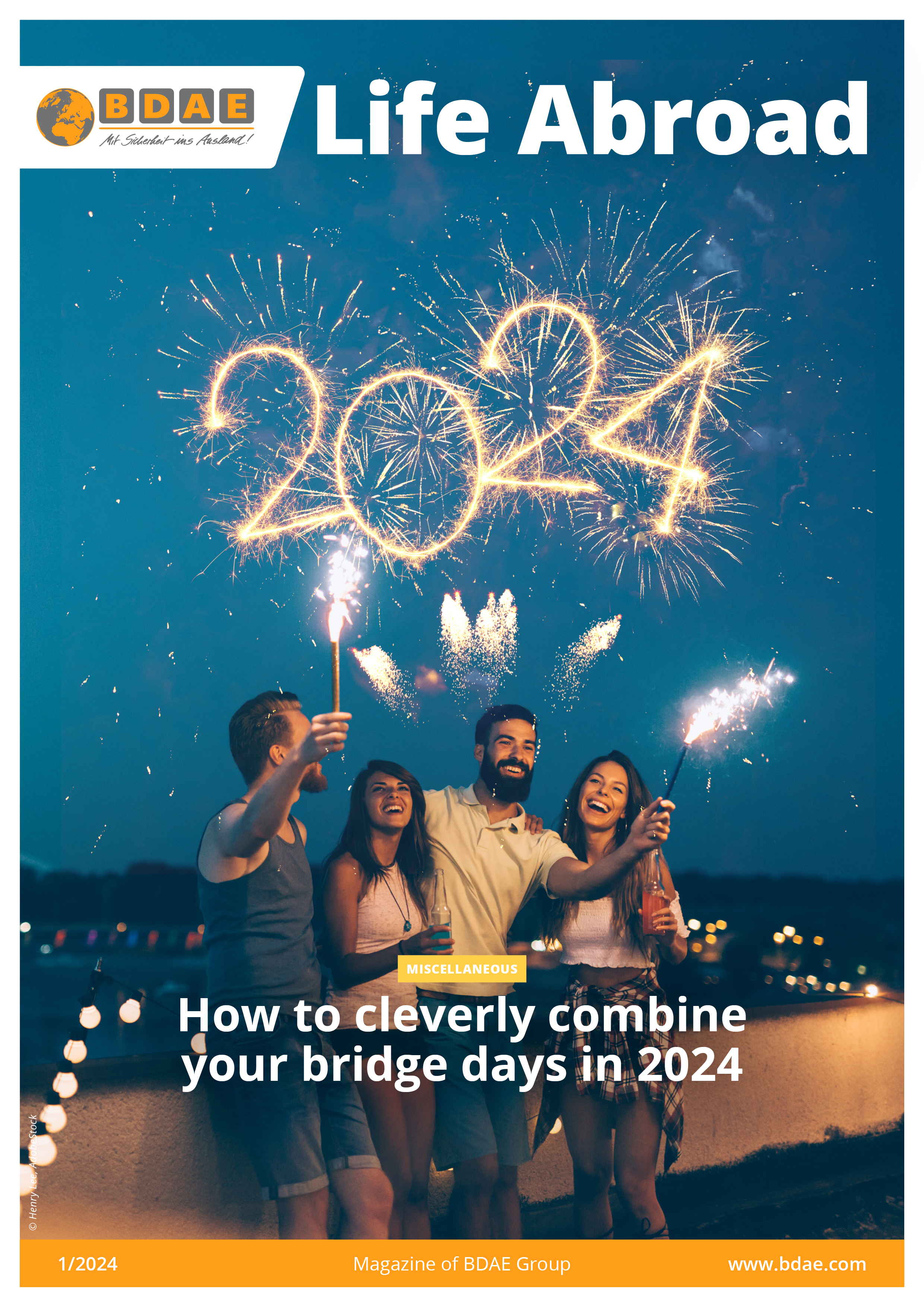Travelling with diabetes: What is important to know
An estimated 537 million people worldwide suffer from diabetes. According to the International Diabetes Federation, the number of chronically ill people is set to increase significantly by 2045 - by around 46 per cent.
According to forecasts, the disease will spread most rapidly in the Middle East and North Africa.
There are two different types of diabetes. In type 1, those affected lack the hormone insulin completely and have to be injected artificially. The second type occurs mainly in older people and can be prevented by sufficient exercise and a healthy diet.
Travelling on holiday can be a particular challenge for people with diabetes. The pharmacy magazine "Diabetes Ratgeber" has put together some tips to help those affected go on holiday feeling safe.
For example: pack enough medication. It is advisable to take twice as much medication, insulin and test strips with you on holiday as you will need for the duration of your holiday, as well as any spare measuring devices, pens and disposable syringes. Everything belongs in your hand luggage on the plane!
Caution with time differences: Patients should talk to their doctor before travelling and clarify whether and how they should adjust their tablet or insulin dose.
Diabetes drugs are much more expensive in the USA than in Europe
According to an article in The Lancet, the retail price of insulin in the USA rose by 200 per cent between 2007 and 2018. People with diabetes in the USA sometimes have to spend more than 1,000 US dollars a month on insulin. Only against this background can the data from the Statista Health Market Outlook be understood. They show that sales of antidiabetic drugs in the USA, a country with a population of around 332 million, are around 2.6 times higher than in Europe as a whole - a continent with a population of over 740 million. At least for those US citizens who are insured via Medicare (around 60 million), the situation is likely to ease soon. In August 2022, the US Senate passed the Inflation Reduction Act, which authorises the public health insurance system to negotiate prices with pharmaceutical companies for a small number of expensive drugs. For insulin, prices will be capped at 35 dollars per month from 2023.
Beware of hypoglycaemia
Hypoglycaemia can affect people with both type 1 and type 2 diabetes. "Especially those who take medication such as sulphonylureas or inject insulin to prevent high blood sugar levels can slip into hypoglycaemia," says pharmacist Johannes Rehm from Stadtbergen in the pharmacy magazine "Diabetes Ratgeber".
Dextrose in dissolved form ready to hand
In such a case, it is generally advisable to take glucose quickly, but: "There is a risk of not being able to open the plastic packaging with shaky hands, especially in the event of hypoglycaemia," warns pharmacist Rehm and names alternatives to solid glucose. For example, the dissolved form is better: sugary drinks such as small cola bottles, lemonades or even liquid glucose in small tubes. "This means the body doesn't have to dissolve the solid glucose first and it gets into the bloodstream more quickly," explains Johannes Rehm.
Gummy bears can also be used to raise blood sugar levels if they are handy. According to Rehm, it is important to monitor the blood sugar level closely after the sugar intake to prevent a renewed drop.
"If you frequently suffer from hypoglycaemia, it is best to consult your doctor in order to better regulate your blood sugar and avoid hypoglycaemia as far as possible," advises pharmacist Johannes Rehm.
Take care when driving
If you notice a sugar low while driving, people with diabetes should do one thing above all: stop and park as quickly as possible. Then consume at least two bread units (BE) of fast carbohydrates, such as glucose, check the value - and wait.
This is because it is only possible to reliably determine within 20 minutes whether the sugar has risen sufficiently, is not falling again and there are no more signs of hypoglycaemia.
Low values impair responsiveness
Patients on insulin or sulphonylurea therapy must be particularly careful. The risk of hypoglycaemia is particularly high for them. The "Diabetes Ratgeber" advises drivers to only get behind the wheel if they are sure that they have their sugar levels under control and can detect hypoglycaemia in good time.
Too low values impair concentration and reaction times - which is dangerous when driving. If you have had more than one severe hypoglycaemia while awake in the last twelve months and required assistance, driving is taboo. Until you can safely perceive lows again.
As a general rule, a relaxing holiday is also possible with diabetes. The important thing is to prepare yourself so that you start your holiday feeling confident. From a psychological point of view, a holiday is perfect if you are open to surprises, for example. And thus create a counterbalance to everyday life.
All 13 tips can be found in the current issue of "Diabetes Ratgeber".

